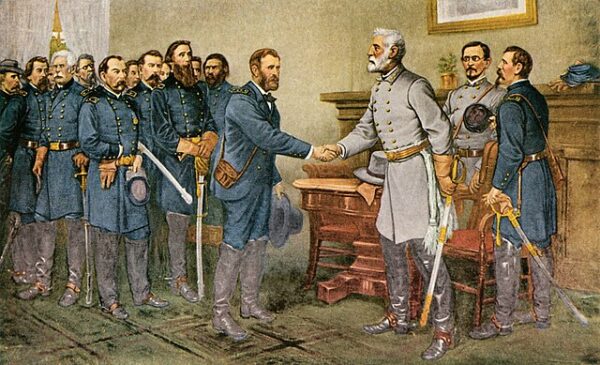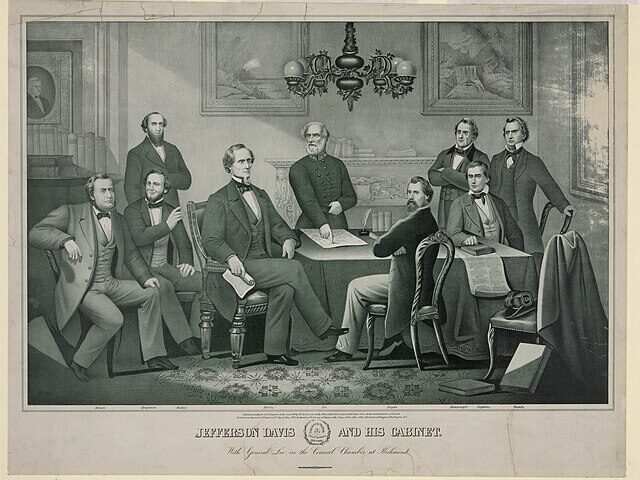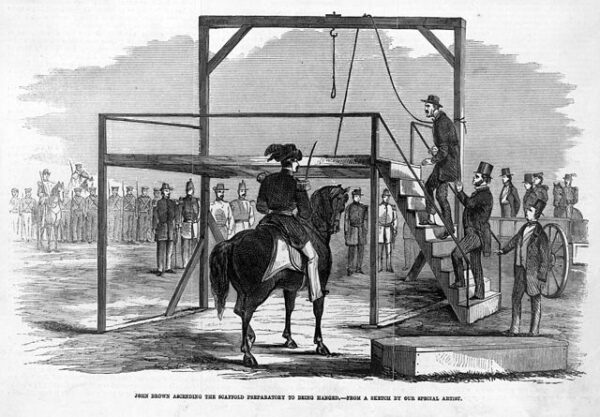On April 9, 1865, at Appomattox Court House in Virginia, Confederate General Robert E. Lee surrendered to Union General Ulysses S. Grant, marking a critical moment in American history and effectively ending the Civil War.
Lee’s decision to surrender came after several military setbacks and dwindling resources for the Confederate army. The meeting between Lee and Grant at the McLean House was business-like, with Grant offering generous terms of surrender. These terms allowed Confederate officers to retain their sidearms and horses and permitted soldiers to return home without facing prosecution for treason.
Lee accepted the terms of surrender, recognizing the futility of further resistance and the need to spare his men from further bloodshed. The surrender at Appomattox signaled the end of major Confederate military operations. The Civil War was over, and the Union was saved.
While the surrender at Appomattox was a significant event, it did not immediately resolve the deep-seated divisions that had fueled the Civil War. Reconstruction efforts faced numerous challenges, and the process of healing and reconciliation would take many years.
Today, the site of Appomattox Court House serves as a reminder of the sacrifices made during the Civil War and the importance of reconciliation in forging a more perfect union. The surrender at Appomattox remains a pivotal moment in American history, symbolizing the end of a tumultuous chapter and the beginning of a new era of unity and healing.






